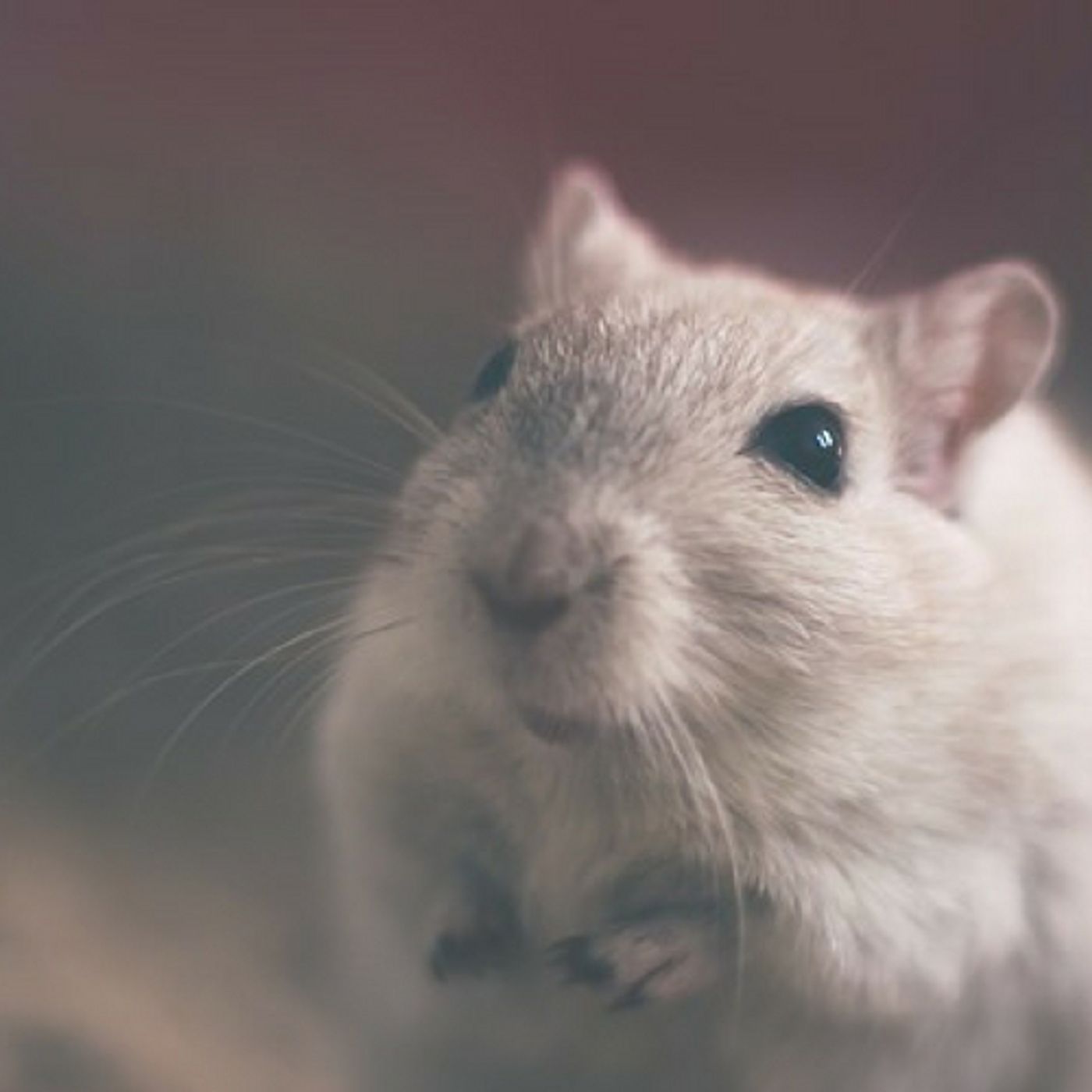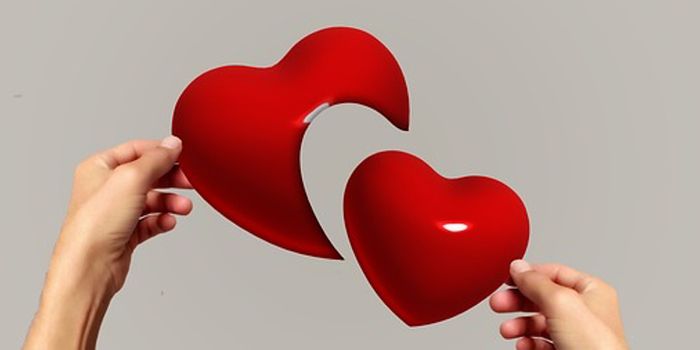New Information on How the Brain Heals
Head injuries, like concussions or traumatic brain injuries (TBI), can have devastating after effects. From post-concussion syndrome to depression, anxiety, and disability, a wound to the head is difficult to recover from and just as challenging to treat. There is a great deal that scientists still don't know about brain injuries but new research from the National Institute of Neurological Disorders and Stroke could change that.
The brain has a protective lining, which is a collection of membranes called the meninges and when there is an injury healing is helped along by immune cells in the membranes that are activated and can get the brain back on track. Scientists at the NINDS, which is part of the National Institutes of Health, were able to show, in a mouse model, the action taken by these cells, in real time.
Dorian McGavern, Ph.D., a scientist at the NINDS is the senior author of the study. He explained, “The lining of the brain, with help from the immune system, has a remarkable ability to put itself back together again after injury. As we learn more about all the cells involved in the repair process, we may be able to identify potential targets for therapy that lead to better outcomes for patients.”
The meninges are a collection of membranes that line the entire central nervous system. Their function is to protect the brain, as well as the spinal cord from damage. If the meninges is damaged from a head injury, this can result in cell death in the brain tissue it surrounds.
The team at NINDS noticed on MRI scans of patients who had suffered a concussion or mild TBI that a good portion of the injuries included broken blood vessels in the meninges. The blood vessels showed up as leaks on scans since the MRI included dye being injected to improve the imaging. While most patients recovered and the bleeding stopped, 17% of the patients still had leakage three months post-injury. Images that showed continued leaking indicated that the damage to the meninges had failed to heal correctly.
The team replicated similar injuries in mice and the used real-time imaging tools to see what was happening as the mice recovered. They also found a way to analyze the action of immune cells in the meninges and see where they gathered and how they affected recovery.
The scientists were not disappointed with what they observed. Within 24 hours of the injury inflammatory monocytes, which clear away cellular material was on the scene, getting rid of dead cells. The second string of cells became active once the cellular waste was cleared away. Called blood monocytes, they rebuilt the blood vessels, which happened within a week of the initial injury. Dr. McGavern and his team manipulated the process, at times blocking one part of the process and found that the different immune monocytes functioned independently of each other and did not overlap. He explained, “Following a head injury, the meninges call in a clean-up crew, followed by a separate repair crew, to help fix damaged blood vessels.” Much like a fire in a building, the first part of the process is clean-up and the second part is repair and rebuild.
The researchers also investigated what would happen if a second head injury occurred. When the mice were re-injured within a day of the first head impact, the repair process was halted, and inflammation took over, preventing the rebuilding of blood vessels. If a second injury occurred after a few days, the healing process would begin again, instead of stopping.
As in many situations, timing is everything. In contact sports like football, soccer, and hockey, players are often injured more than once in a short time. Dr. McGavern wrote, “The timing of a second head injury may determine whether the meninges can be repaired. We have shown on a cellular level, that two or more head injuries within a very short amount of time can have dire consequences for the brain lining and its ability to repair. It is possible that patients who did not fully recover following a head injury may have had problems with the first phase of the repair process.” Check out the video below to see how this project looked in the lab.
Sources: NIH, Nature Immunology, Health Imaging









